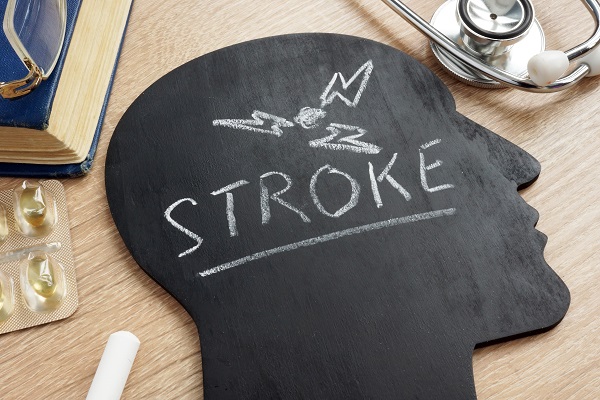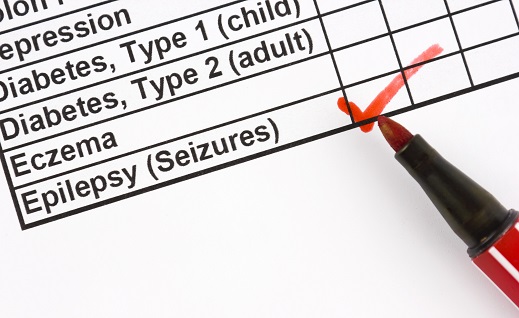This Might Interest You

Whether you are personally managing diabetes, caring for a loved one, or seeking preventive measures, this guide equips you with essential insights for leading a fulfilling life despite the challenges...
.png?sfvrsn=aded59ef_1)
When a stroke does happen, detecting it early is crucial for timely treatment and better outcomes. Remember BE FAST!

The brain, like every other organ in the body, depends on a constant supply of energy to function normally. The brain’s fuel (oxygen and sugar) is carried in the blood.

Epilepsy is a chronic, non-infectious, neurologic condition defined by seizures (which involve abnormal electrical discharges in the brain).

Among the prevalent misconceptions about c-secs are that the procedure is dangerous, extremely painful, and have a prolonged recovery period. This could not be further from the truth.

Autism Spectrum Disorder (ASD) is a neurodevelopmental disorder characterised by impairments in communication, behaviour, and social function.







806cf51b-179d-4cf8-876f-6852ce9ee0b6.jpg?sfvrsn=3ab140e6_9)
